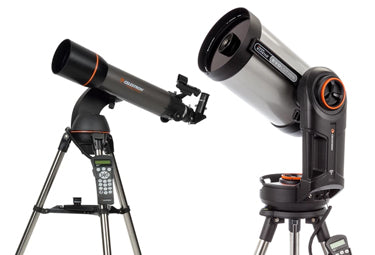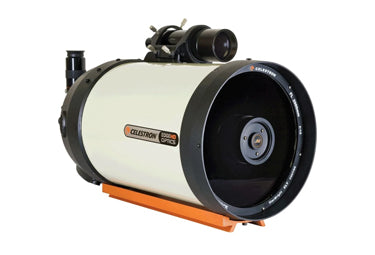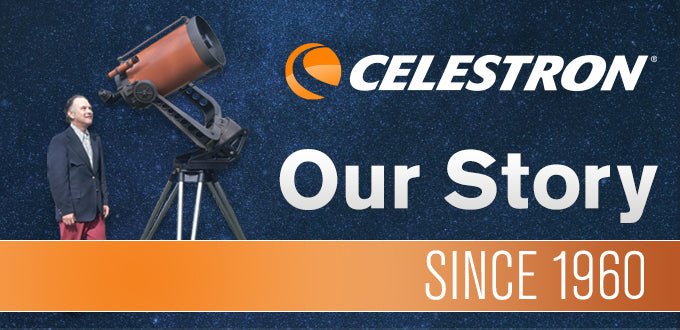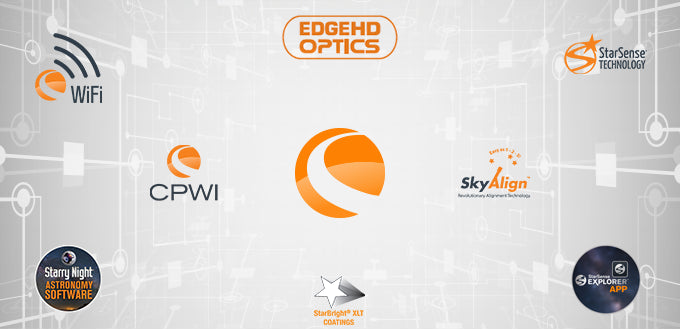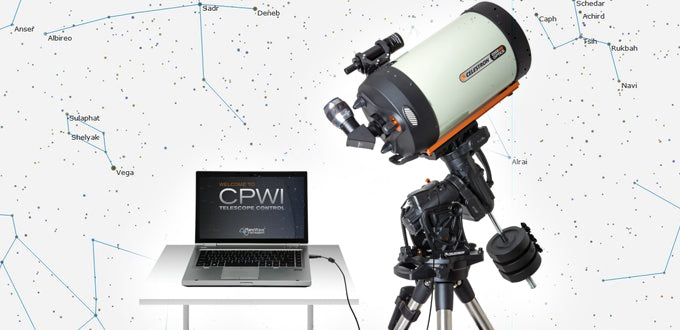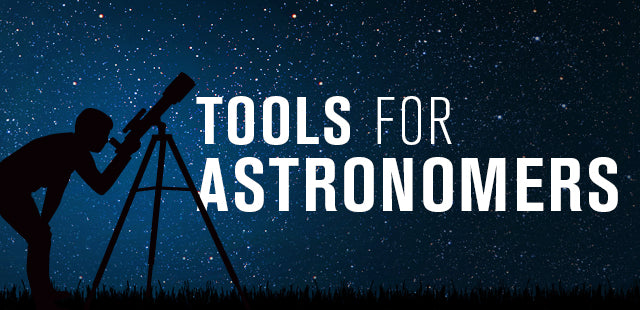Starring PANSTARRS!
February 28, 2013
This article comes to us from Prafull Sharma, a student and amateur astronomer based in Delhi, India. He recently discovered a new comet, SOHO 2333, which is a fragment of 96P/Machholz. In addition to the comet, Sharma has discovered 13 asteroids, 87 supernovas, and 55 variable stars. He uses a SkyMaster 25x70 binocular to aid him in his work. Celestron is thrilled to feature Prafull's articles here on our blog!
A comet dazzled the sky for the past few months, C/2011 L4 PANSTARRS. PANSTARRS was discovered under a comet search campaign conducted by The Panoramic Survey Telescope and Rapid Response System (Pan-STARRS). The first Pan-STARRS telescope, PS1, is located at the summit of Haleakal? on Maui, Hawaii, and went online on December 6, 2008, under the administration of the University of Hawaii. PANSTARRS is a non-periodic comet, which means that it will never return back to visit us.
In the southern hemisphere, it was accompanied by C/2012 F6 (Lemmon). Lemmon is a comet having a green coma and a long beautiful tail. It is a periodic comet with long period.
 Comet Lemmon and PANSTARRS together. Image credit: Las Campanas Observatory in Chile.
Comet Lemmon and PANSTARRS together. Image credit: Las Campanas Observatory in Chile.
Comet LEMMON and PANSTARRS together, Image Credits: Las Campanas Observatory in Chile.
PANSTARRS was seen from the northern hemisphere from 5th March. In the first week of April the comet had a press conference with M31 (Andromeda galaxy) which was covered by a large number of astronomers.
 PANSTARRS with M31 and M32. Image Credit & Copyright: Pavel Smilyk.
PANSTARRS with M31 and M32. Image Credit & Copyright: Pavel Smilyk.
PANSTARRS had put a great show on the big screen and also offered a great opportunity to the astrophotographers. This was just a practice session before we get the giant ISON gracing the night sky.
-Prafull Sharma
Celestron Contributing Blogger




